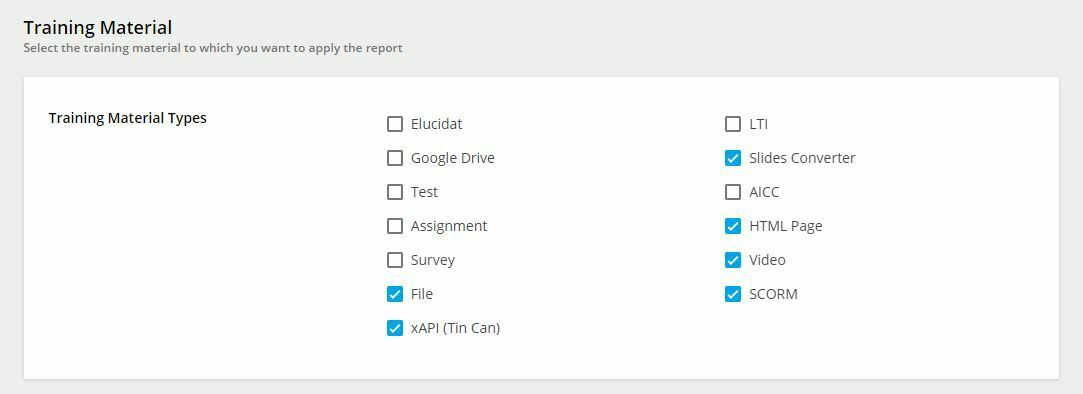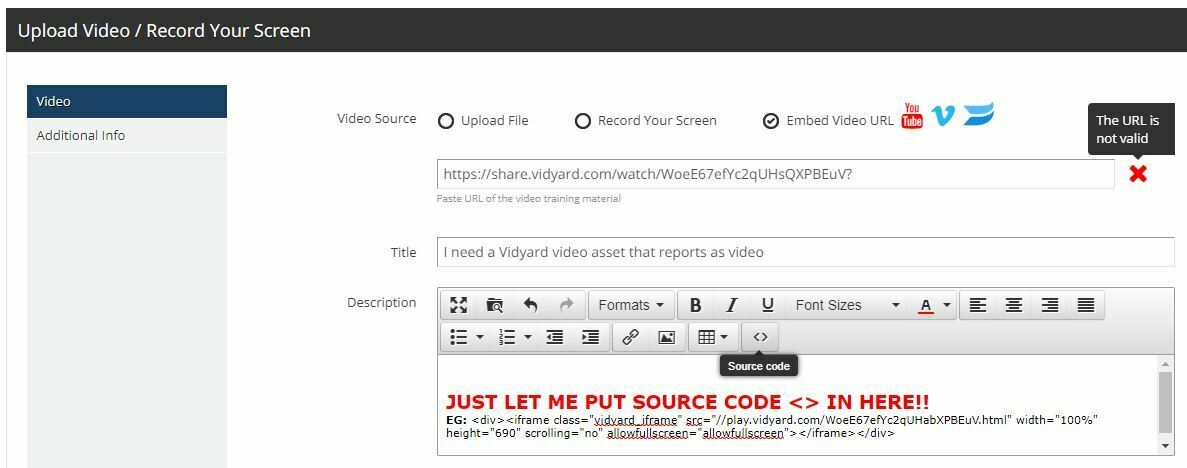Curious to know which method you use to add videos to your platform, and what you find the advantages/disadvantages to be in user experience and reporting.
We currently upload all of our videos, but are looking to migrate all of that to Vimeo so that we can add chapter markers like ‘skip intro’, or add chapters for any videos longer than 3-5 min.
Question
Videos - Direct Upload vs. YouTube/Vimeo links
Log in to Docebo Community
Enter your email address or username and password below to log in to Docebo Community. No account yet? Create an account
Docebo Employee Login
or
Enter your E-mail address. We'll send you an e-mail with instructions to reset your password.
















